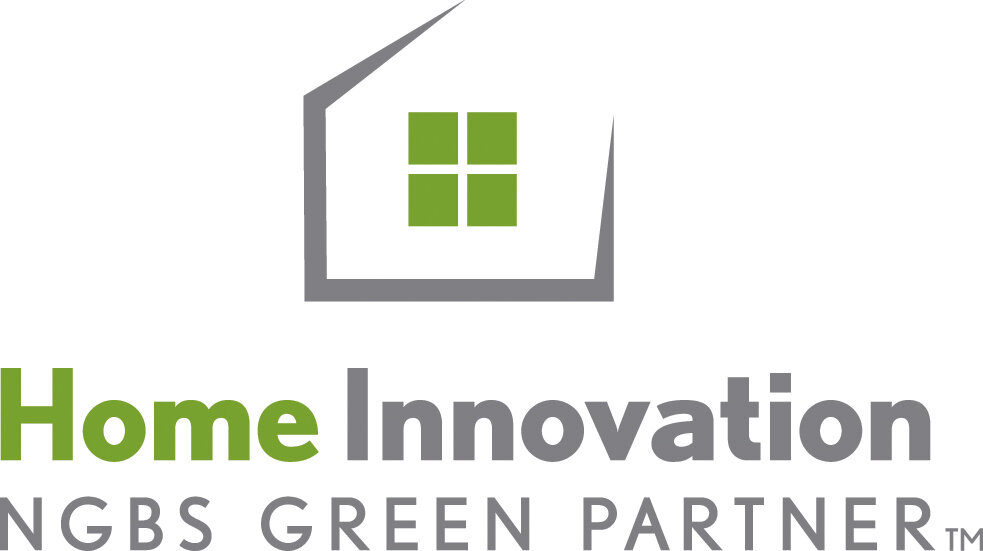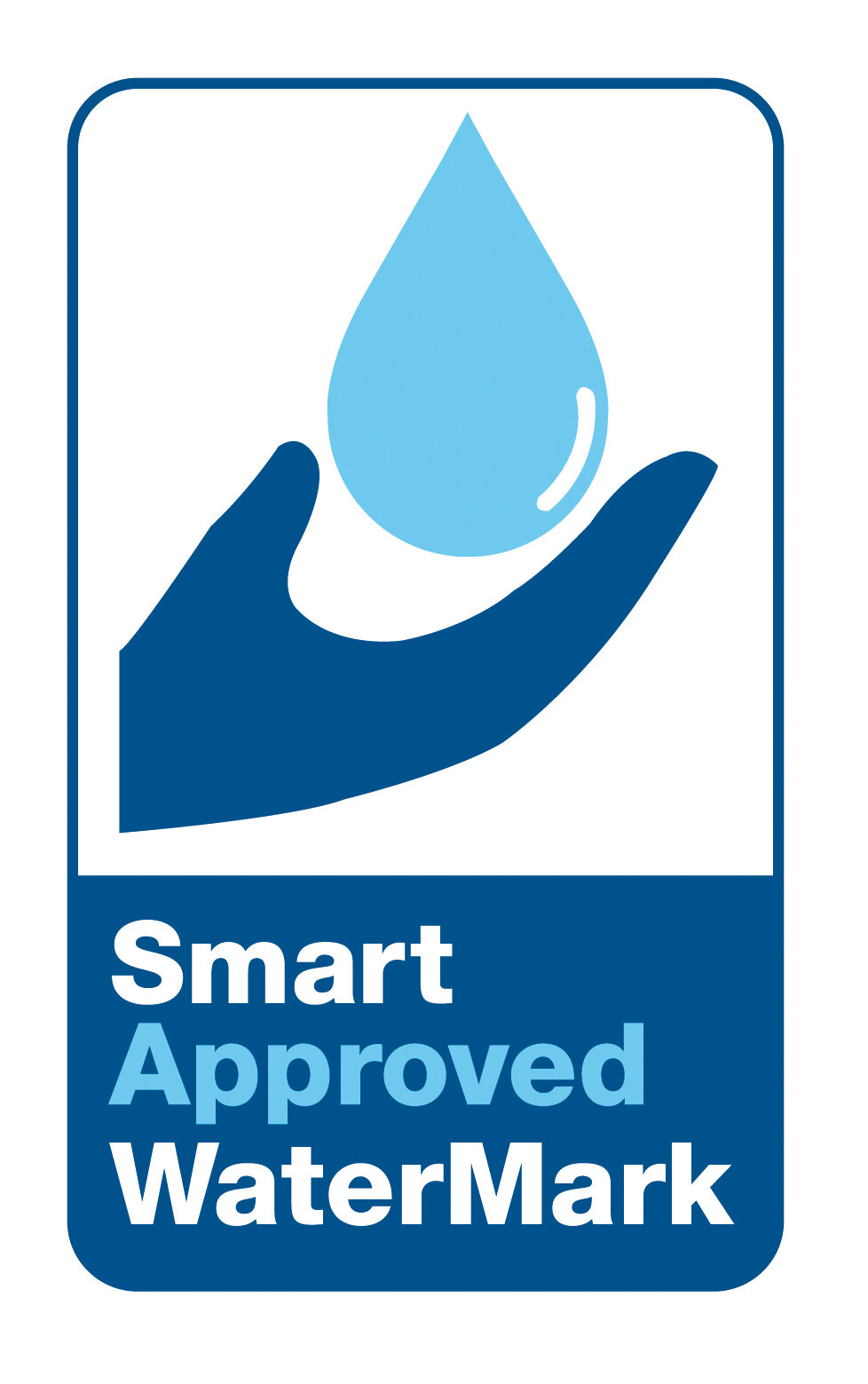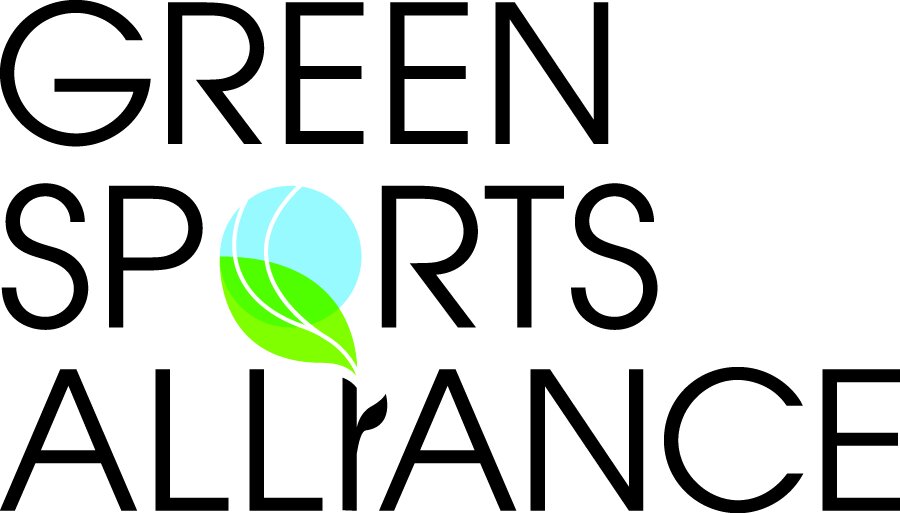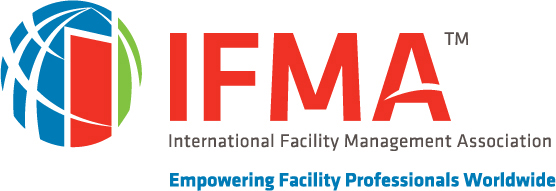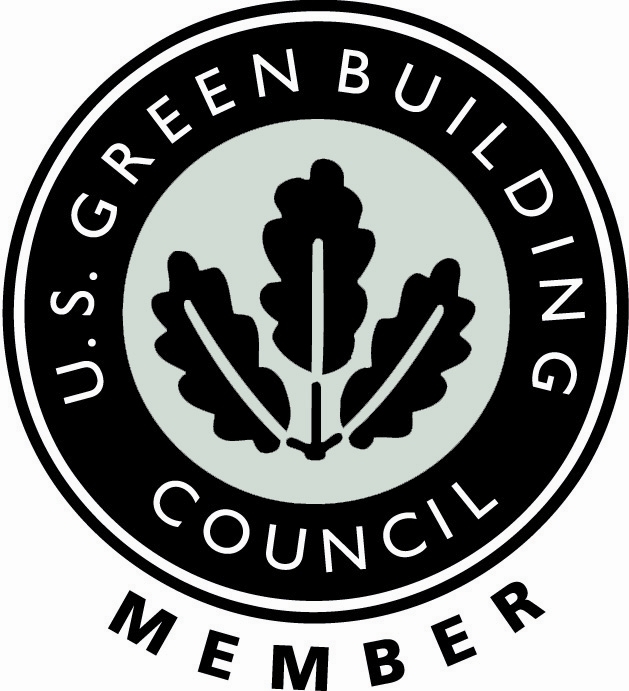Water efficiency refers to the long-term reduction of water consumption using specific products, methods, and procedures.
Say Goodbye to Uric Acid Scale in Urinals
Vista, CA – NEWS - Uric acid scale is a mineral build-up commonly found in urinal basins. It forms when urine combines with flush water, making it primarily an issue with conventional flush urinals rather than waterless models.
“This scale most often accumulates directly underneath waterspouts and water disbursement rims in urinals, creating both an unsightly appearance and unpleasant odors,” says Klaus Reichardt, CEO and founder of Waterless Co., Inc., a leading marketer of waterless urinals.
“The scale can also build up on the floors directly below the urinal.”
Cleaning professionals consider removing this scale one of their most challenging cleaning tasks. Making matters worse, the longer the scale remains on the urinal or the floor below, the more difficult it becomes to remove.
Ineffective Cleaning Methods
Standard cleaning products are usually not effective against uric scale:
Regular all-purpose spray cleaners, sanitizers, and disinfectants fail to dissolve the deposits
Scrubbing with powder cleaners and scouring pads can damage the urinal's inner bowl glazed surface and water disbursement rims.
Effective Solution: Enzymatic Cleaners
Enzymatic cleaners are often the most effective cleaning solution because they:
They effectively break down uric acid scale, mineral deposits, and related odors
Are usually easy to apply
Have a neutral pH, making them safe to use per the manufacturer's instructions
Step-by-Step Cleaning Process
1. Wear protective gloves and goggles
2. Remove any screens and debris from the urinal
3. Flush the urinal once or twice before cleaning
4. Apply the enzymatic cleaner thoroughly using a spray cleaner; focus on the problem areas right below the waterspouts
5. Allow 5-10 minutes for the enzymes to work
6. Flush and wipe clean
7. Repeat if necessary (may take 2-3 applications)
Once the uric scale is removed, the urinal can be cleaned as usual using a sanitizing or disinfecting cleaning solution.
Prevention
Uric acid scale frequently builds up in conventional water-based urinals located in high-traffic restrooms, according to Reichardt.
“Although this cleaning method will help address this cleaning challenge, purchasing patterns reveal [that] the third most common reason [why] waterless urinals are selected for men’s restrooms, directly behind saving water and cost savings, is to eliminate this uric acid scale problem.”
###
Keywords: uric acid; removing uric scale; urinals; mineral build-up; conventional flush urials; waterless urinals; cleaning professionals
About Waterless
Waterless Co., Inc. is a family-run business founded in 1991 and is a leader in promoting water efficiency. Based in Vista, CA, the company's product range includes various waterless urinals for home and commercial settings, liquid plumbing solutions, and cost-saving accessories, reflecting their focus on sustainability and innovation in water-saving technologies.
Contact Information
Waterless Co. Inc.
1050 Joshua Way
Vista, CA 92081 USA
800.244.6364
EverPrime: Eliminate Floor Drain Odors
The Problem
Most facilities experience unpleasant odors from floor drains in restrooms, warehouses, public areas, and confined spaces. These odors occur when the water seal in drain traps evaporates due to:
Lack of regular water flow
Infrequent floor mopping
Rapid evaporation in dry climates
The Solution
EverPrime® is a specialized sealing liquid that creates a long-lasting barrier in floor drain traps, preventing odors from escaping.
Simple Application
1. Add just three ounces of EverPrime® to drain
2. Then avoid pouring large amounts of water down the drain giving the product time to work
3. That's it! No more odors!
Key Benefits
Easy to apply
Long-lasting protection
Cost-effective solution
Works in virtually all drains
Biodegradable
Perfect For
Floor drains
HVAC condensation traps
Unused shower traps
Any drain with infrequent water flow
EverPrime® creates a seal that won't evaporate like water. Apply every few months as needed and forget about drain odors for good!
Customer Review Summary
The product effectively eliminates odors from floor drains, with customers highlighting several key points:
Easy to use and works quickly
Many customers were unaware floor drains could release odors
Best applied when drains are not in use
Avoid mopping floors or using showers shortly after application for best results
Appreciate that the product is relatively inexpensive
Requires reapplication approximately every three months for continued effectiveness especially in dry climates.
BlueSeal: The Ultimate Solution for Waterless Urinal Performance
BlueSeal® is not just another trap seal liquid designed to be used in waterless urinals—it's a revolutionary biodegradable solution engineered specifically for superior waterless urinal performance.
With its precisely calibrated specific gravity lower than water or urine, BlueSeal creates an impenetrable barrier that:
Ensures the trap works effectively during regular use
Provides odor protection for extended periods of time
Performs flawlessly in extreme climate conditions, with zero evaporation at 100°F and freeze protection down to -70°F, eliminating costly winterization requirements
Is biodegradable
Maintenance couldn't be simpler. The proprietary BlueSeal formula remains unaffected by standard commercial cleaners and is applied in precise 3-ounce portions using our specialized PortionAid dispenser. This system ensures optimal performance while minimizing waste.
When cleaning waterless urinal with BlueSeal applied, avoid the use of cleaning powders that could compromise performance of the product. Also avoid scrubbing the interior bowl surface of the no-water urinal to prevent damage.
With BlueSeal, you're not just maintaining a waterless urinal, you're ensuring peak odor control, maximizing operational efficiency, and embracing sustainable facility management.
Customer Review Summary for BlueSeal®
The product receives generally positive feedback from school maintenance personnel, office managers, and park and recreation managers and park caretakers that have installed waterless urinals. Here are the key points from the reviews:
Consistently effective for protecting waterless urinals during winter facility closures
Long-term users report reliable performance over years with no issues
Proper application according to manufacturer instructions is important for effectiveness
Small quantities are sufficient; customers advise against ordering large amounts
Performs as advertised and is recommended for waterless urinal owners
Most reviewers confirm the product works exactly as described and accomplishes its intended purpose effectively.
The Hidden Crisis Beneath Our Streets
How Deteriorating Water Systems Impact Communities Nationwide
It is no secret that water infrastructure in the United States has been deteriorating for decades. While most Americans are aware of aging pipes and occasional water main breaks, the widespread consequences of this national crisis remain largely misunderstood and underreported.
To shed light on this critical issue, Klaus Reichardt, CEO and Founder of Waterless Co., Inc. – pioneers in water conservation technology and advocates for sustainable water management – addresses the most pressing questions about America's water infrastructure challenges.
Key Water Infrastructure Challenges Facing America Today
Funding Gaps and Workforce Shortages Slow Critical Repairs
"Securing adequate funding and finding qualified contractors to repair and replace our water infrastructure are the most significant obstacles we face," explains Reichardt. "While recent infrastructure legislation has allocated some resources, the financial requirements far exceed current commitments."
The situation is further complicated by workforce limitations. "Because water infrastructure improvements have been neglected for decades, many regions struggle to find contractors with crews properly trained for complete system replacement rather than temporary repairs," Reichardt notes.
Water Loss: The Invisible Drain on America's Most Precious Resource
When asked about the primary consequence of deteriorating water systems, Reichardt doesn't hesitate: "Without question, it is water loss. As water becomes increasingly more precious across America, losing it through aging pipes, leaky infrastructure, and preventable main breaks is unconscionable."
This water loss carries dual consequences – wasting a critical natural resource while creating significant economic burdens for communities nationwide.
The Economic Impact of Water Infrastructure Failure
Learning from History: Water Access and Civilizational Stability
"Clean, affordable, and dependable water is essential for the survival and prosperity of all nations," Reichardt emphasizes. Historical evidence supports this claim, as several once-prominent civilizations including the Mayan Empire and Tang Dynasty faced decline partially due to water supply challenges.
According to research published in the peer-reviewed journal PLOS ONE, archaeological evidence from Syria and Cyprus indicates that sophisticated civilizations across Europe and the Middle East collapsed following climate shifts that triggered water shortages. These changes coincided with a devastating 300-year drought approximately 3,200 years ago, leading to crop failures, widespread famine, and ultimately, societal collapse.
Current Impacts on American Communities
The consequences of America's aging water infrastructure aren't hypothetical future concerns – they're affecting millions today:
An estimated 2 million Americans currently lack access to running water and indoor plumbing
Rural communities face the greatest challenges, though urban areas increasingly report similar issues
Water affordability problems spread as utilities raise rates to fund emergency repairs to systems that should have been replaced decades ago
Water contamination incidents continue emerging nationwide, frequently traced to infrastructure failures
Promising Solutions for America's Water Infrastructure Crisis
Despite these challenges, Reichardt identifies several encouraging developments:
"We're finally seeing increased funding allocated for replacing crumbling water infrastructure," he notes. "Additionally, unprecedented community engagement is bringing together stakeholders from business, agriculture, education, and technology sectors to ensure reliable, healthy, and affordable water access."
The restroom industry itself is making significant contributions through water conservation innovation. "At Waterless Co., we're proud of our contribution to sustainable water management," Reichardt states. "There's simply no justification for a single urinal consuming up to 35,000 gallons of water annually when waterless alternatives exist. That level of waste has become environmentally irresponsible given today's water challenges."
Taking Action on Water Efficiency
As America confronts its water infrastructure challenges, individual and institutional water efficiency and conservation efforts become increasingly important. Adopting water-efficient technologies such as waterless urinals, supporting infrastructure investment, and raising awareness about water conservation are essential steps toward securing America's water future.
For more information about water conservation solutions and sustainable restroom technologies, visit Waterless Co., Inc.
Keywords: water infrastructure, water conservation, water crisis, aging pipes, water main breaks, sustainable water management, water efficiency, waterless urinals, water loss prevention, American water systems
Analysis of Market Trends for Waterless Urinals
Waterless Urinals Installed in the Mercedes Stadium in Atlanta
A recent study by market research firm Fortune Business Insights provides insights into the waterless or no-water urinal market, predicting trends from 2025 to 2032.
According to the report, waterless urinals allow urine to pass through the urinal bowl into a sealing liquid and then into the waste pipe below. The process has significant benefits such as water conservation and water efficiency, odor control, and environmental friendliness.
The study reports that we can expect to see the newest installations of waterless urinals in the following types of facilities:
Shopping centers because they help reduce maintenance costs.
Educational facilities, due to an upsurge in water consumption rates.
Public transportation, including trains, airplanes, and buses.
Tourist destinations, especially in rural areas.
Sports venues, where water consumption can be exceedingly high.
Religious gathering places include churches, mosques, and temples.
The study also discusses the growing market for waterless urinals in residential and commercial settings, with the "commercial market dominating due to the convenience [of installing waterless urinals], ability to reduce services and maintenance, and the reduction of usage of water."
Even with this expected product growth, the researchers pointed out that many areas of the world that could benefit from no-water urinals are not, simply due to "lack of awareness" of the technology. This is most prevalent in developing and undeveloped parts of the world.'
China, India, and Asia
The study forecasts that in the coming years, the most significant market growth for waterless urinals will be in Asia, particularly China and India.
The researchers went on to explain that the key factors for this include new construction in this part of the world, population growth, and India's goal of installing public restrooms throughout the country. Additionally, major festivals like Diwali (Hindu festival of lights) and the Chinese New Year will further boost demand for these urinals due to their water-saving benefits.
Interestingly, in Europe, the increasing popularity of waterless urinals is driven primarily by large music festivals such as Creamfields, a dance music festival in the UK, and Ultra Europe, a multi-venue music festival. Both events attract thousands of attendees and necessitate efficient restroom solutions.
Along with music festivals, sporting venues are attracting more and more people throughout Europe, necessitating waterless urinals to help reduce water consumption and water waste, installation costs, and ease maintenance concerns.
Our Thoughts
While this study, like many others, indicates considerable growth in the waterless urinal market, our policy has never been to focus on market trends. Instead, we remain committed to providing our customers with high-quality, reliable, and odor-free urinals that save water and money and help protect our most valuable resource: water.
-Klaus
What is Water Harvesting?
Imagine collecting rainwater like farmers harvest crops. That's essentially what water harvesting is. It involves gathering and collecting rainwater from various sources such as rainfall events, surfaces, and even moisture from the air (like dew or fog) so that people, plants, and animals can use it.
Think of it this way: instead of rainwater simply soaking into the ground without necessarily benefitting vegetation, or flowing into street drains where it's often wasted, we collect it.
This collection can be as simple as placing buckets outside to collect water when it rains or as sophisticated as installing complex storage tanks. It's a straightforward and natural way to obtain water and a great way to promote sustainability.
However, just like certain crops thrive in specific climates, the advantages of water harvesting are most significant in particular regions of the country. For example, it wouldn't be very useful in a very dry place like Tucson, Arizona, where there isn't much rain, and any collected moisture would quickly evaporate due to the heat and the dryness of the climate.
On the other hand, water harvesting can be incredibly effective and promote sustainability in areas with more rainfall, such as the Midwest. In these regions, homes, schools, and businesses often have or add water collection systems to take advantage of the rain and moisture. As the cost of potable water continues to rise, these systems not only save water but often become a smart financial decision as well.
Beyond just being sustainable, water harvesting offers several other important benefits:
Improve Water Efficiency: By collecting rainwater, we reduce the amount of water we need from local water companies. This leads to a long-term reduction in water consumption and cost savings.
Provides Emergency Water Storage: With changing climate patterns causing more frequent and longer droughts, having a supply of harvested water can be a vital backup for farmers, homeowners, and others during water shortages. It also comes in handy after storms and tornados, which have been on the rise.
Increases Awareness About Water: In North America, many people still think water is always readily available. However, with increasing dry periods, it's becoming clear that we need to be more mindful and responsible about how we use water. Water harvesting helps us recognize the true value of water.
This increased awareness goes beyond just using less water. It often encourages us to find ways to eliminate water use altogether. For instance, schools and businesses have been eliminating water use by installing waterless urinals for years now, often enjoying dramatic reductions in water consumption.
In industries, this focus on water conservation has led to "process optimization." Engineers analyze how water is used in making products and often discover ways to reduce or even eliminate its use in certain production steps, saving both water and money.
So, in a nutshell, water harvesting is a practical way to collect and reuse rainwater and moisture, offering benefits like water reduction, efficiency, emergency preparedness, and what might be most important, a greater understanding of the importance of water.
-Klaus
Earth Day is Tuesday 22, 2025
Let’s remember, water touches everything.
Not only must we protect this vital resource, but we must also keep it clean and healthy.
This Earth Day, pledge to use water wisely and responsibly.
What Does Reliablity Mean?
What Happens When School Drains Dry Out?
Extended school closures, like three-month summer vacations, can dry out P-traps under drains, releasing harmful sewer gases that pose health risks to children and adults when the building reopens. The following question and answer will help you better understand what is happening.
What are P-Traps?
P-traps are practical devices installed under nearly all drains. They work by:
Collecting a small amount of water as it flows down the drain
Creating a water seal that blocks sewer gases from entering the room
Preventing odors and harmful gases from being released
But P-traps can dry out when:
Schools close for extended periods
Restrooms or sinks receive very little use
What Creates Sewer Gas?
Sewer gas forms from decomposing human and animal waste. It contains several harmful components such as:
Ammonia
Methane
Hydrogen sulfide
These gases become toxic when inhaled in high concentrations because they can displace oxygen in enclosed spaces. Exposure can cause:
Eye irritation
Nausea
Breathing difficulties
In severe cases, sewer gas exposure in enclosed areas has resulted in fatalities.
Who is at risk?
We are all at risk, but children in schools are more so. That's because they breathe faster than adults, and if the fumes are released from floor drains, they are closer to the source of the problem.
Are there "levels" of sewer gas concentration?
Yes, there are. Here is what we know.
Concentrations of 0.0005 parts per million (ppm) can be detected and the odors released smell like burning chemicals or rotten eggs.
At 0.01, it can cause nausea and eye discomfort.
Fumes from 0.02 ppm to as high as 20 ppm can produce headaches, increase heart rates, impact cognitive abilities, and cause muscle coordination to be lost.
Can pouring water down a smelly drain prevent these problems?
Yes, pouring water down the drain can help, but this solution has two limitations:
1. It is temporary; the P-trap will likely dry out again quickly
2. The odor indicates existing exposure; by the time you detect the smell, harmful gases have already been released into the facility.
Are there steps we can take to prevent this problem from happening more permanently?
Yes.
A more permanent solution is EverPrime®. Small amounts of EverPrime prevents drains from drying up for months at a time. It is not impacted by frigid, hot, or dry climates and is very cost-effective.
Why haven't more schools adopted EverPrime?
Despite being effective, cost effective, and patented for more than twenty years ago, awareness of this product among school facility managers and administrators remains low. To address, EverPrime is accessible through:
· The Waterless Co., Inc. website
· Major online retailers
· Home improvement retailers.
EverPrime is a product that all school boards need to know about. View it as a safe, inexpensive, health-protector for children and staff, helping to address a problem that has become all too common.
-Klaus













